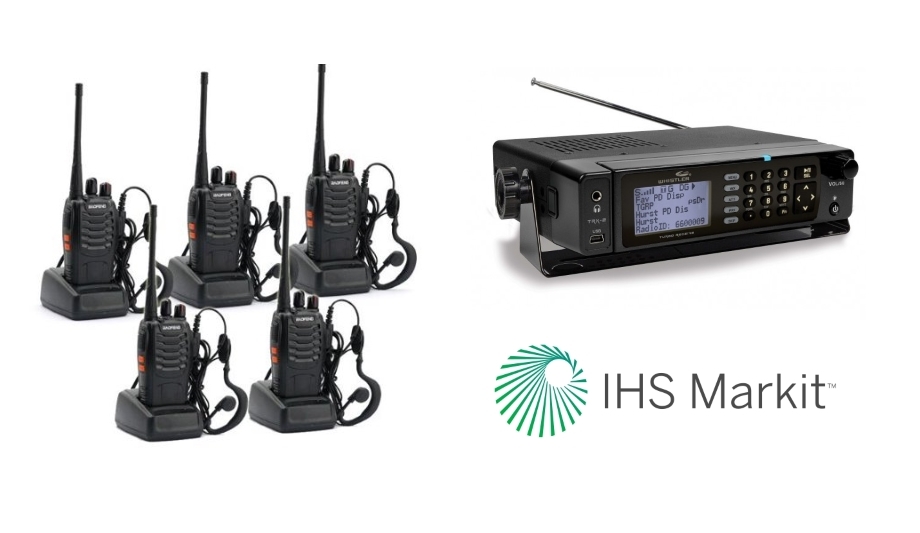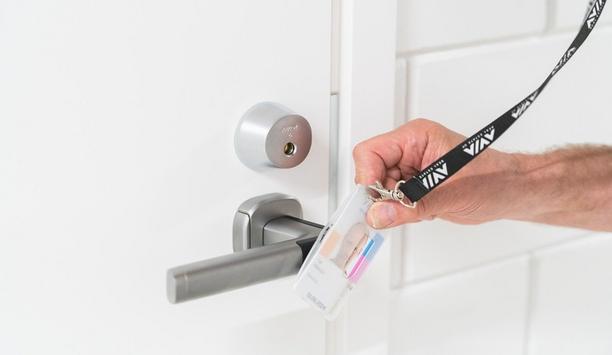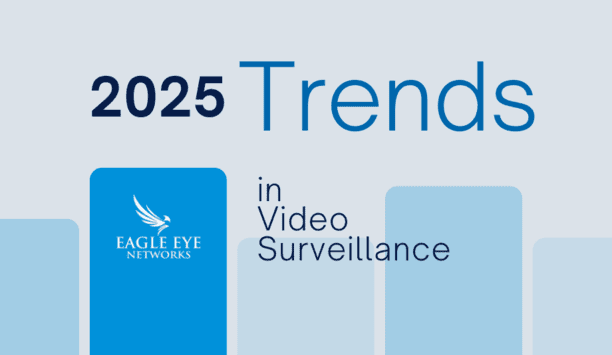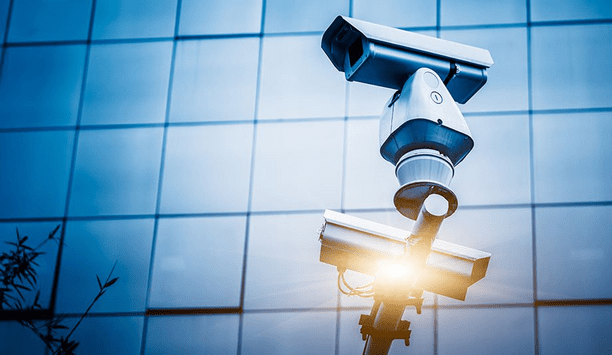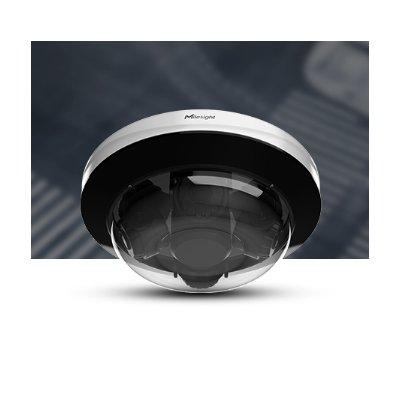The global market for licensed mobile radio (LMR) infrastructure and system integration grew 14 percent, reaching $4.6 billion in 2017. Significant growth was noted in Asia, as revenues increased by 26 percent. However, Europe also experienced 8 percent growth in infrastructure and system integration revenue.
Cost-optimised digital technology
Cost-optimised digital technology accounted for the largest infrastructure and system integration market in 2017, accounting for 50 percent of all infrastructure revenues globally.
The Association of Public-Safety Communications Officials Project 25 (APCO P25) continued to be a significant revenue generator of LMR infrastructure, particularly in North America, which accounted for more than three-quarters of the world’s P25-derived infrastructure revenue.
TETRA and LMR infrastructure Terrestrial Trunked Radio (TETRA) infrastructure revenues increased in every major region in 2017
Terrestrial Trunked Radio (TETRA) infrastructure revenues increased in every major region in 2017, and IHS Markit projects revenues will exceed $1 billion by 2022.
Investments in LMR infrastructure are growing globally, as users continue to rely on LMR infrastructure to support their mission-critical and business-critical communications networks across the globe.
Cost-optimised digital technologies are increasingly popular in public safety and security sectors in developing parts of the world where no national TETRA or P25 network exists, such as in China, Hong Kong and other parts of Asia, as well as Africa and Eastern Europe. Cost-optimised digital technology is also successful in business-critical sectors in developed regions, like North America, Japan and the United Kingdom. IHS Markit projects that cost-optimised digital technology will be the fastest growing infrastructure and systems integration market over the next five years, competing with TETRA not only in commercial and business critical sectors, but also public-safety and security sectors in developing regions.
APCO P25 critical communications network
APCO P25 is a significant market for LMR infrastructure and systems integration. P25 provides high-end critical-communications networks to governments and commercial sectors around the world -- from Australia, to parts of the Middle East and Africa, to Latin America and Asia – but the largest single market is North America, which adopted P25 as the communications of choice for its emergency services. Despite the coexistence of FirstNet, the broadband data network for emergency services, the narrowband P25 continues to see renewed investment across North America, with large-scale network upgrades in 2018. Examples include the Motorola Solutions multi-million-dollar contract to modernise the P25 network in Portsmouth, Virginia and provide P25 technology to its emergency services, and the Harris deal to upgrade the United States Customs and Border Protection (CBP) network. North America is forecast to remain the largest global market for P25 infrastructure and systems integration.
TETRA and TETRAPOL communication networks TETRA is one of the fastest growing infrastructure and systems integration markets in the world
TETRA is one of the fastest growing infrastructure and systems integration markets in the world. TETRA-derived infrastructure revenues increased in every major region in 2017, with particular growth noted across Europe, the Middle East, Africa and the Americas, however the real success story was China, which has increased investment into TETRA sharply over the last couple of years, providing secure communications to transportation hubs in metropolitan areas.
Europe has a diverse mix of LMR technologies. It is home to the world’s largest share of TETRA and TETRAPOL networks serving nationwide mission-critical public-safety networks over many years. Investment into narrowband technology continues to increase despite the emergence of LTE networks. Germany, the United Kingdom and Nordic countries have invested heavily in TETRA and will continue to do so. In fact, this year the United Kingdom announced that it will extend its Airwave network until at least 2022.
ASTRID, PIT and C2000 networks
There are also ongoing upgrades to the ASTRID network in Belgium, the C2000 network in the Netherlands and the PIT network in Italy. Investment continues in many parts of Western Europe, with new entrants in Eastern Europe and developing parts of Europe. TETRAPOL, despite the maturity of this technology, also continues to provide upgrades to existing users, including a midlife upgrade to Switzerland’s Polycom network and the Hamburg transport hub. Furthermore, investment into cost-optimised digital technology also increases, as countries with nationwide public-safety networks adopt cost-optimised digital networks for their business-critical sectors, and nations like Croatia, without a nationwide TETRA or TETRAPOL network, consider cost optimised digital technology for their mission critical requirements.
Police Digital Trunking (PDT) Asia has a large network of cost-optimised digital technologies, in both the public-safety and security sectors, and business-critical sectors, alike
Asia has a large network of cost-optimised digital technologies, in both the public-safety and security sectors, and business-critical sectors, alike. The Chinese government officially backed the nationwide migration of police forces across China to police digital trunking (PDT), which bolsters investment into cost-optimised digital technologies in this region. Other Asian countries have invested in cost-optimised digital technology, such as India, Mongolia, Kazakhstan, Bangladesh and Indonesia.
China was the real success story in 2017, with significant growth noted in cost-optimised digital technologies and TETRA infrastructure and system integration and the largest LMR infrastructure and system integration market in the world. Investment into LMR infrastructure increased by over 40 percent in 2017, as TETRA infrastructure projects continued to materialise in the transportation sector and cost-optimised digital technology investment continued with digital mobile radio (DMR) and police digital trunking (PDT) across vertical sectors.
LTE technology
Despite the emergence of LTE technology, investment in LMR infrastructure continues to grow, as governments and commercial sectors utilise secure, low-latency, high-resilience narrowband networks to fulfil their critical communications requirements. In the short term, LTE will complement critical voice with data, rather than replace LMR altogether, as investment into LTE is required to increase coverage and resilience. Only in the next five to ten years could LTE substitute for TETRA, TETRAPOL or other high-end LMR technologies, as capital investments are considered in nationwide or large-scale deployments.
